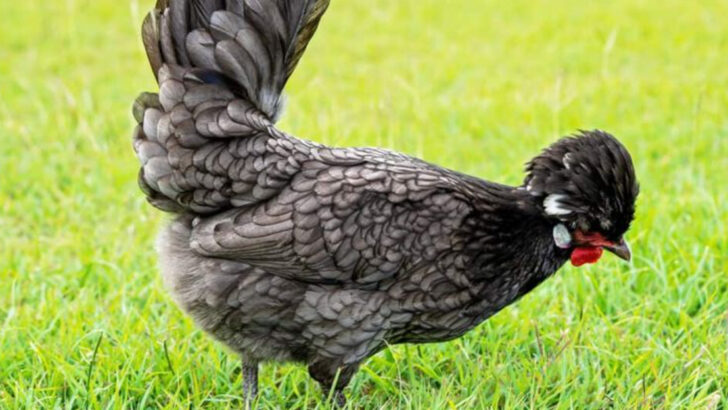Raising backyard chickens can be fun, rewarding, and even a little addictive—but not all breeds are right for every coop. Some chickens are loud, aggressive, or surprisingly high-maintenance. Others don’t handle cold weather well or have a knack for escaping at the worst times. If you’re new to chicken keeping or just want a more peaceful flock, choosing the wrong birds can lead to frustration fast. Knowing which breeds tend to be tricky can save you time, money, and a lot of peck-related headaches. Let’s take a look at the ones that might cause more trouble than they’re worth.
Cornish Cross
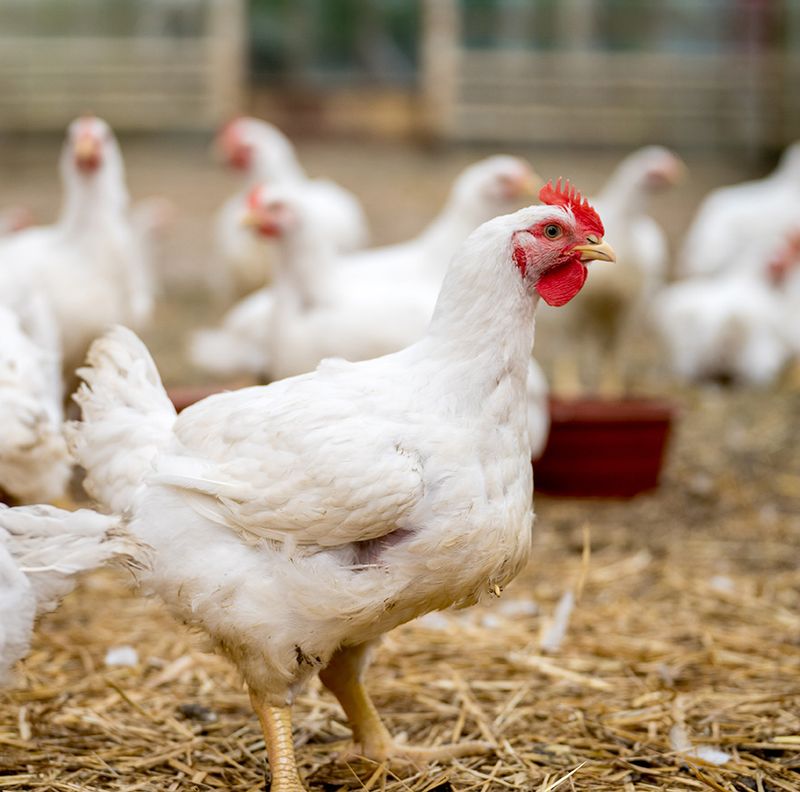
Cornish Cross chickens are bred for rapid growth, making them a staple in meat production. However, their health issues are significant. Their rapid weight gain often leads to leg problems and heart conditions, drastically shortening their lifespan.
These chickens require careful management of their diet and environment to avoid health complications. Such intensive care can be demanding for novice keepers.
If longevity and low-maintenance care are important to you, opting for a breed with fewer health concerns might be a better path than the delicate Cornish Cross.
Sumatra
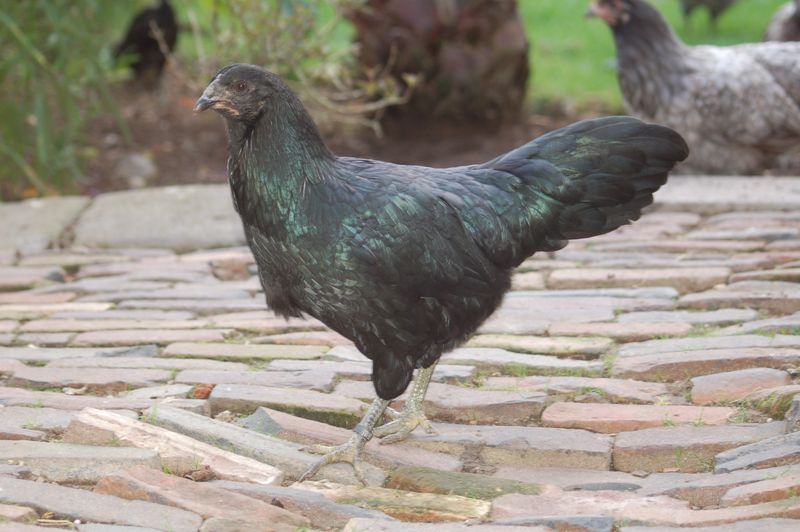
With its glossy black plumage shimmering in iridescent shades, the Sumatra chicken is undeniably stunning. Originally from the Indonesian island of Sumatra, this breed was first brought to the US for its beauty.
However, they are not just ornamental. Their flighty nature and strong survival instincts make them challenging to manage. Sumatras prefer to roost in trees, complicating their care in domestic settings.
While their aesthetic appeal is undeniable, they are better suited for experienced poultry keepers seeking a visually striking, yet complex breed.
Rhode Island Red
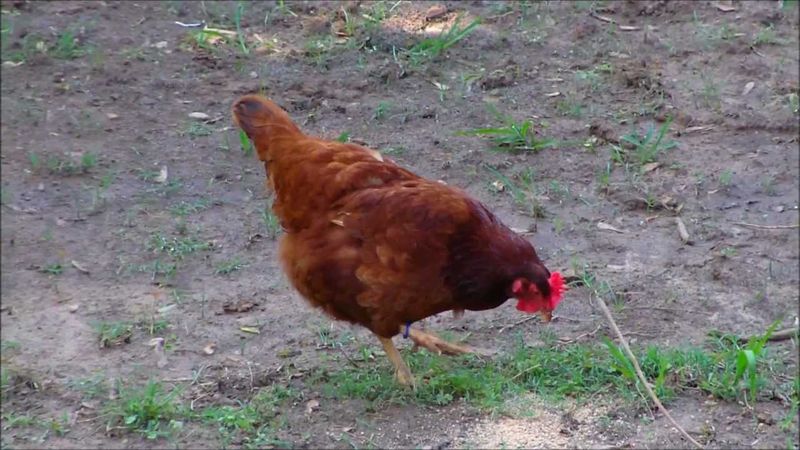
Rhode Island Reds are often praised for their dual-purpose abilities, providing both meat and eggs. However, their aggressive tendencies can be problematic. They are known to bully smaller, more timid chickens in mixed flocks, leading to stress and potential injury.
This breed can also be territorial, making them a challenge in community settings. Their assertive nature might be too much for those new to chicken raising.
If harmony and a peaceful coop environment are your goals, Rhode Island Reds might not be the ideal choice for your backyard setup.
Malay
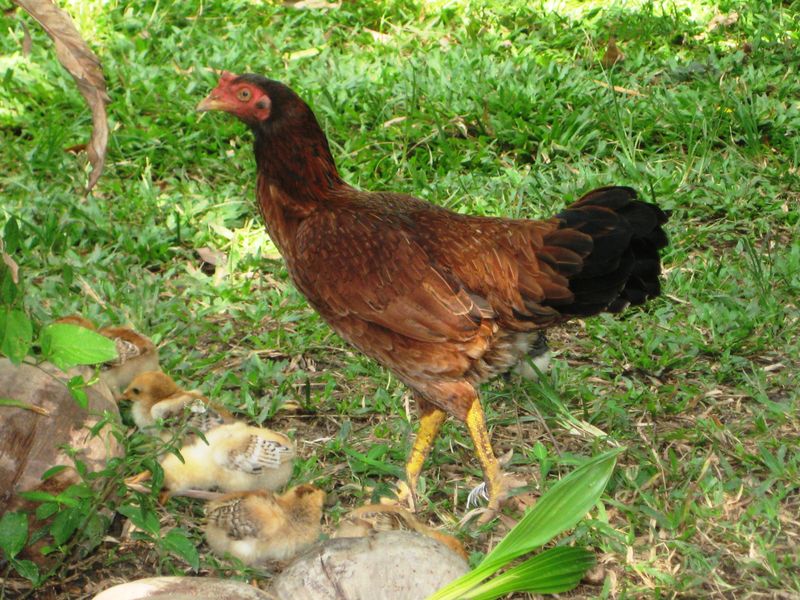
The Malay chicken, towering and robust, commands attention with its long legs and fierce look. Known for their height, these chickens often grow up to 3 feet tall. Despite their impressive stature, they are not the best choice for backyard farms.
Their aggressive temperament can lead to conflicts with other chickens and even humans. Additionally, they require a large space to roam and thrive, often more than a typical garden can provide.
If you’re looking for a gentle, egg-laying breed, the Malay is unlikely to meet your needs.
Leghorn

Leghorns are renowned for their egg production but not for their friendliness. Their active nature can make them difficult to handle, especially for beginners. They are known to be flighty and can easily escape from poorly secured pens.
While their egg-laying abilities are impressive, their constant need for space and activity might overwhelm novice chicken keepers. Additionally, their strong personalities often mean they don’t get along well with more docile breeds.
If you’re seeking a calm, garden-friendly chicken, you might want to consider other options over the energetically unpredictable Leghorn.
Polish

Polish chickens are famous for their distinctive crests, giving them a showy appearance. However, this very feature often obstructs their vision, making them easily startled. Such a trait can lead to anxiety and difficulty in introducing them to mixed flocks.
Their visual impairment makes them prone to predator attacks as they fail to react swiftly. Polish chickens also require regular grooming, which could be cumbersome for busy keepers.
If you’re not prepared for the extra grooming or the potential stress on the bird, you might avoid adding Polish chickens to your coop.
Araucana
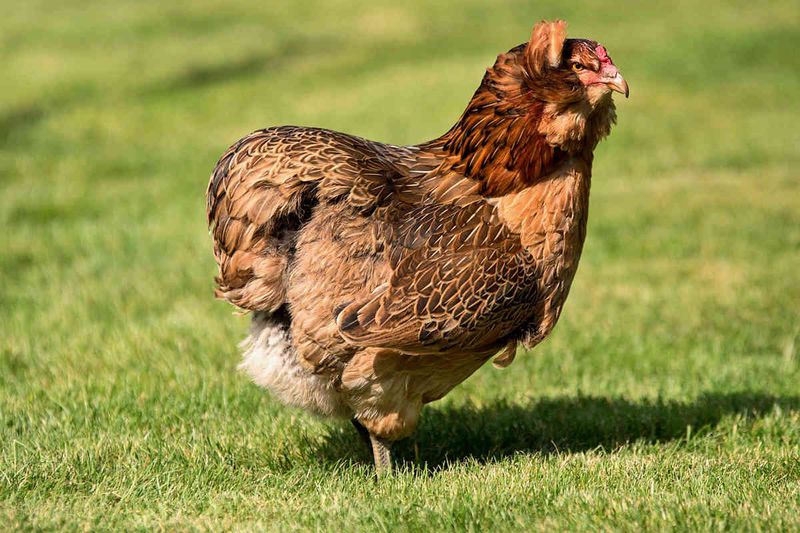
Araucanas are known for their blue eggs, a unique trait that attracts many. However, breeding them is challenging due to genetic issues linked to lethal alleles. This can result in high chick mortality rates, causing distress for breeders.
Their genetic complexity demands experienced handling and knowledge, which might not suit those new to chicken raising.
If your goal is a low-stress breeding experience with predictable outcomes, the Araucana’s genetic hurdles might prove too daunting for most casual enthusiasts.
Hamburg
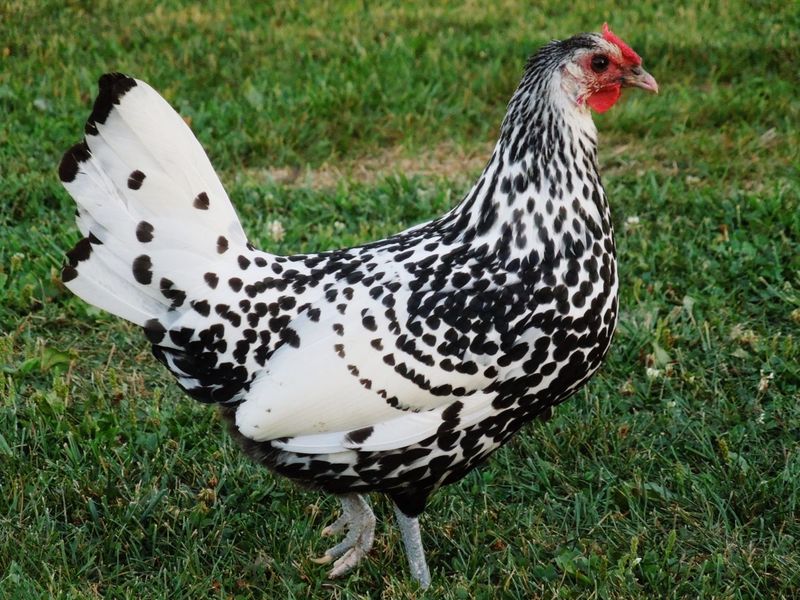
Hamburgs are visually appealing with their striking plumage and elegance. Despite their beauty, they are known for being quite flighty and independent, which makes them difficult to manage for those unfamiliar with such traits.
They are excellent foragers, often preferring to roam free, which could lead to issues with containment and predator exposure.
If you’re seeking a breed that’s easy to manage and enjoys staying close, the independent Hamburg might require more attention and space than practical for most backyard setups.
Ancona
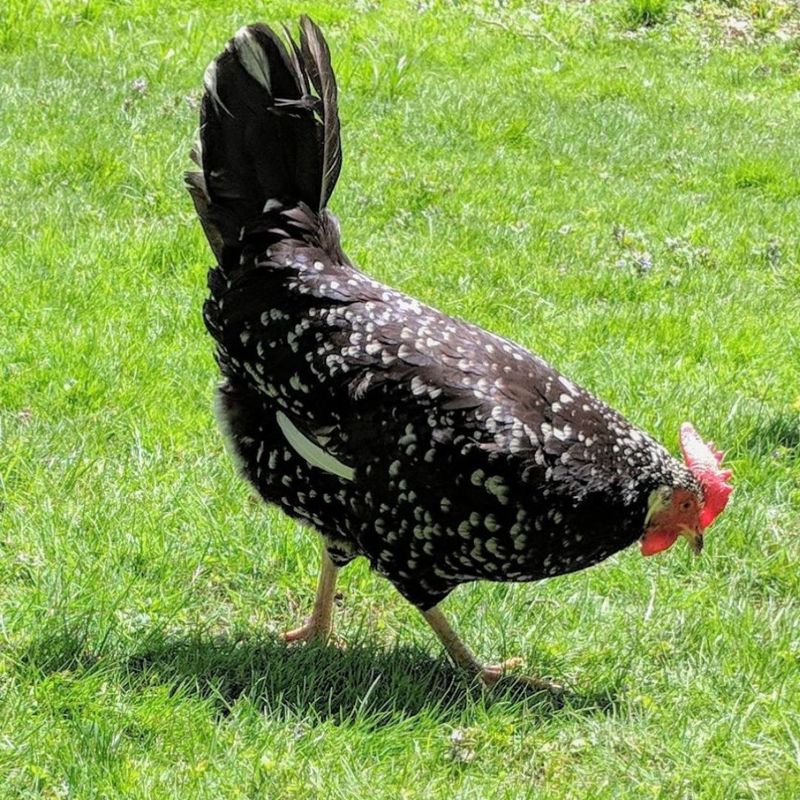
Anconas are hardy birds known for their resilience and excellent egg production. However, their spirited nature makes them less ideal for confined spaces. They are active foragers and require plenty of room to roam, which isn’t always feasible in smaller backyards.
Their flightiness can be a challenge for new chicken keepers, as they are prone to escaping enclosures.
For those with limited space or seeking a more docile breed, the energetic Ancona might not be the best match, as they thrive best in environments where they can roam freely.
Old English Game
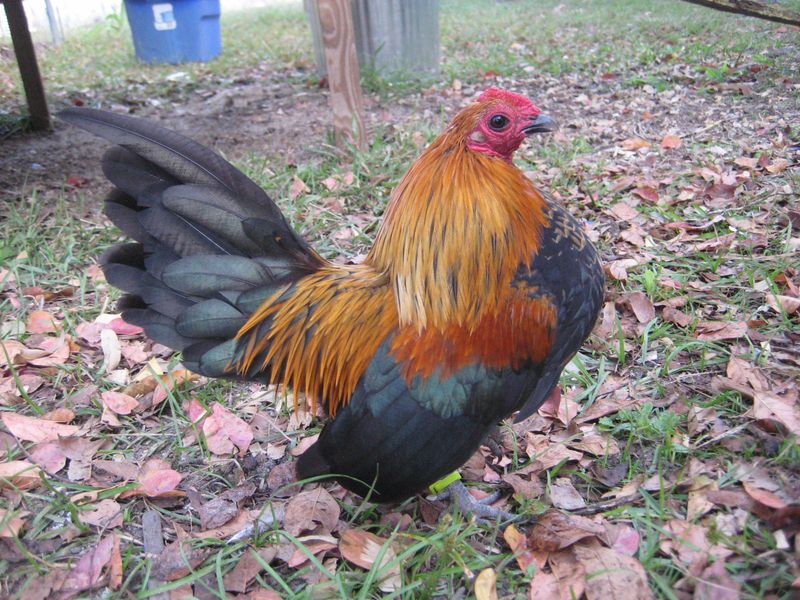
Old English Game chickens are admired for their historical significance and striking appearance. However, their fighting origins shine through in their temperament, as they can be quite aggressive. Their combative nature can lead to conflicts in mixed flocks, stressing other birds.
These chickens often require separate housing to prevent fights, adding complexity to their care.
If peaceful coexistence among your flock is a priority, the Old English Game’s aggressive tendencies may not align with your backyard poultry goals, making them a breed to consider carefully.
Campine
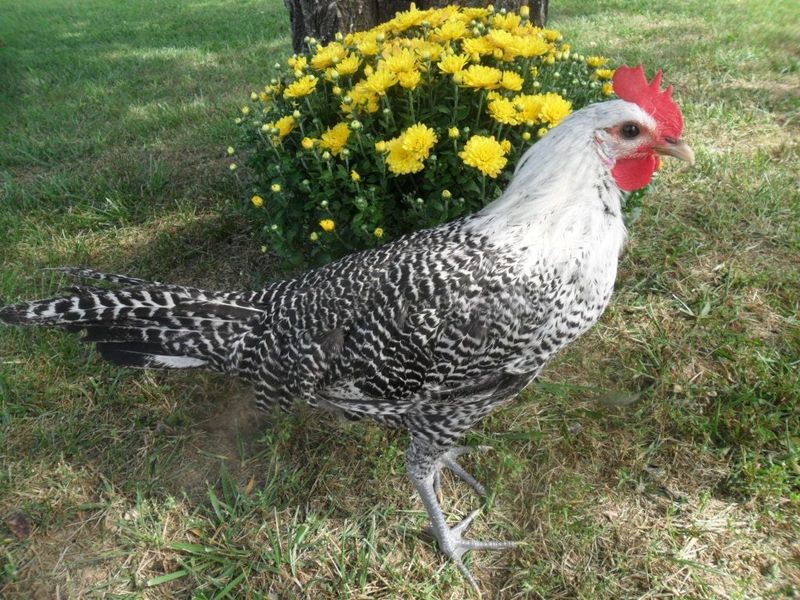
Campines are alluring with their shimmering coats and energetic demeanor. Despite their visual appeal, they are known for being flighty and difficult to handle. Their independent nature often leads to them wandering far from their coop, posing challenges with containment.
They have a high level of activity, which requires secure fencing and attentive care to prevent escapes.
If you’re looking for a manageable and calm chicken breed, the adventurous Campine’s vibrant energy might be more than you’re prepared to handle in a backyard setting.
Naked Neck
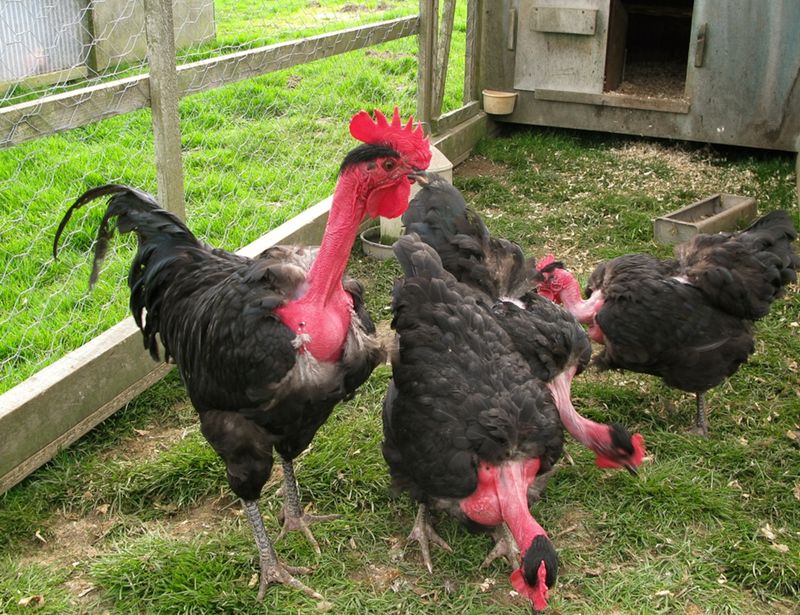
Naked Neck chickens are easily identifiable by their distinctive bare necks. While this feature aids in heat tolerance, it also exposes them more to cold weather, requiring additional care in colder climates.
Their unusual appearance can also lead to bullying in mixed flocks, making them require more attentive social management.
For those in cooler regions or with mixed breed flocks, the Naked Neck’s need for extra warmth and social considerations might be more than anticipated, suggesting a rethink before adding them to your backyard ensemble.

